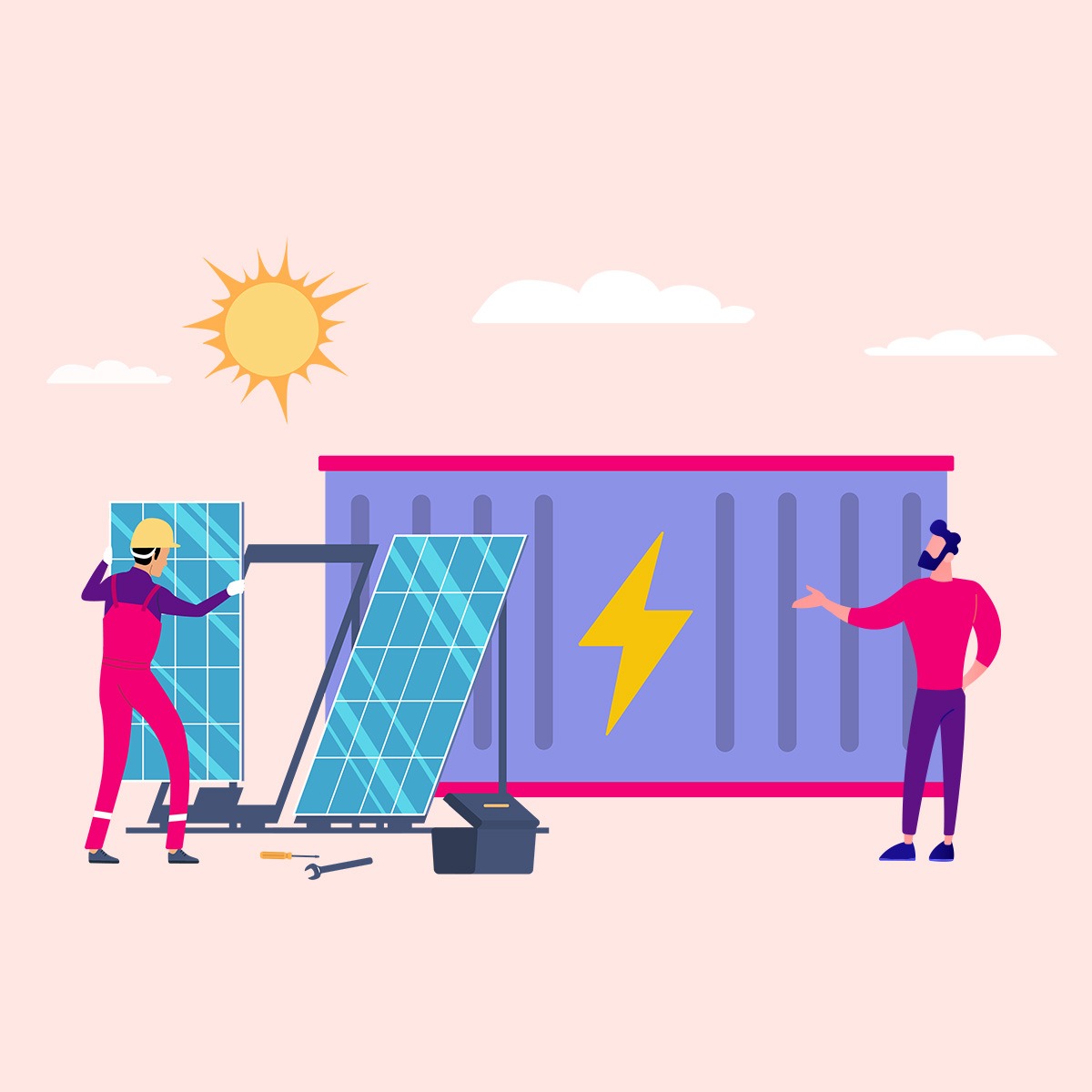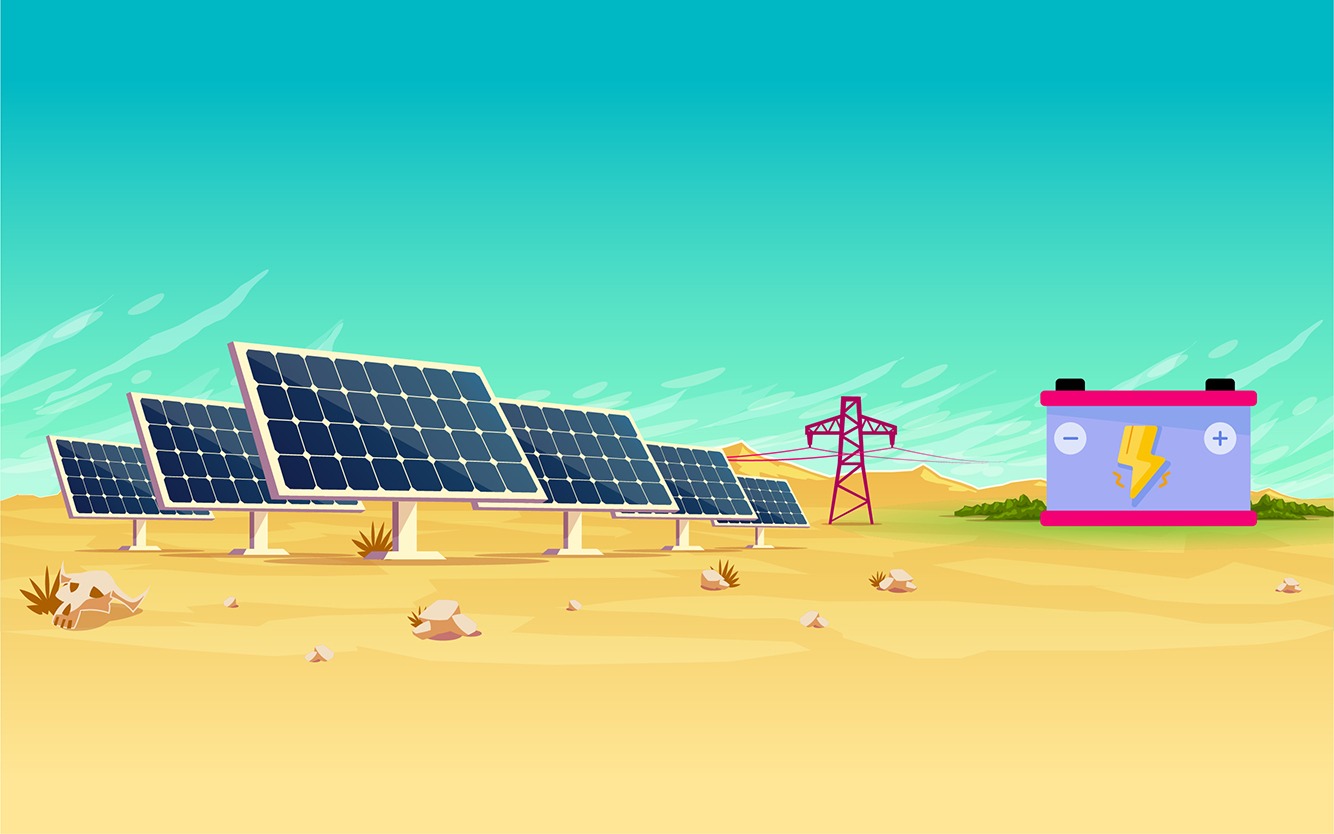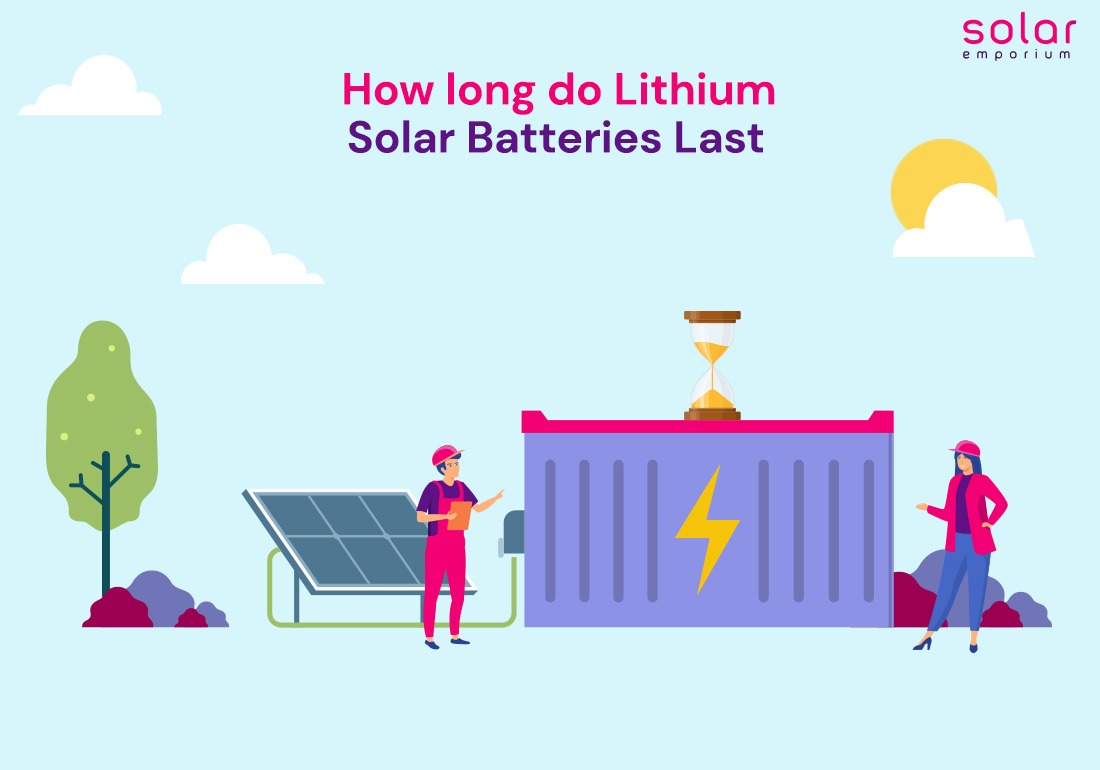Solar batteries are the most valuable and rewarding addition to your solar setup. Among many kinds of solar batteries available in the market, like lead-acid and flow batteries, Lithium-ion batteries are considered to be the superior choice. The return on investment in Li-ion batteries is promising, which is why many solar battery companies and EV companies are gravitating towards it.
Now the question is, how long do lithium solar batteries last? Generally, Li-ion batteries are capable of providing you with sufficient backup for 5 to 15 years, depending on the brand, build, and how you have been treating the battery. So, it’s safe to assume once you invest in high-quality solar batteries, you can expect them to be by your side for a minimum of 10 to 12 years on average.
If you are wondering about battery backup in case of a power outage or a blackout of several days, then there are many attributes to take into account in this instance. How big the battery is and what you plan to run using the battery is what will shape the figure in hours of battery backup.
Brief Discussion on How Li-ion Batteries Work
For your ease of understanding, let us discuss the battery on a cellular level in its simplest form. So, in its simplest form, Li-ion battery, the anode (negative side) is made out of graphite, and the cathode (positive side) is made of lithium metal oxide, which is the essence of this battery. Both the anode and cathode are submerged in an electrolyte which in this case is lithium salt. Also, there is a separator in between, which helps in the exchange of electrons.

While the entire system is up and running, positive ions of lithium flow through the electrolyte to the negative side of the system to the anode to form a bond with the carbon of that side. While this is happening, an electron gets released in the cathode side as a reaction to what’s happening as a whole. So, the lithium metal oxide is now a lithium-ion, metal oxide, and a stray electron. This is what happens at the cellular level when you are charging the lithium cell.
Now let’s see what happens when you discharge electricity from it, AKA using the battery. At this stage, the electron flows in the opposite direction, which is basically what electricity is. A load is connected at this point of discharge, and the flow of electrons keeps the battery working.
Li-ion batteries are generally considered better despite being a tad more expensive than others because they are-
- Smaller in size
- Easy to maintain
- Has a greater DOD (Depth of Discharge)
- Offers more generic cycles to go through
- Has a longer lifespan
- Capable of fast charging
How Long Do Lithium Battery Last in a Blackout – Solar Battery Backup
On average, every Australian household that opts for a solar battery goes for no less than a 10kW battery backup option, which can provide your family with sufficient electricity for an entire day during a power outage. Here is a breakdown of the exact kilowatt-hour usage of a lithium solar battery if used strategically throughout a 24 hours span. Click here.
But if you opt for a battery even bigger, you can go for longer without a grid connection. Off grid homes are the epitome of an example of how a battery backup, along with solar panels, works in synchronization to run a household without any utility grid connection. The battery is charging as you use it or not to form a seamless flow of electricity in such cases.
Factors that Influence Solar Battery Lifespan – Dod

Every battery on the market has a Dod (Depth of Discharge) percentage that the manufacturer advises. Dod is the maximum amount of solar battery that can be used before it has to be recharged. The more Dod, the longer you can go without charging the battery. If your 10kW solar battery, for instance, has a 95% Dod, you may consume around 9.5kW of the electricity before plugging it back in.
You can use the entire battery at once, but you must follow the manufacturer’s instructions to keep it in excellent condition and extend its lifespan. Otherwise, this costly investment won’t provide the greatest results possible.
More and more individuals are converting to home batteries as technology improves because they are capable of storing excess energy that is produced by fully green sources like solar panels, hydropower, and wind. Being self-sufficient with a home battery is the best approach to eliminating your carbon footprint and becoming totally energy-independent.
By selecting the get help tab down below, you can schedule a free consultation appointment with one of our solar professionals to learn more about your energy usage pattern and how you can also become energy independent.







